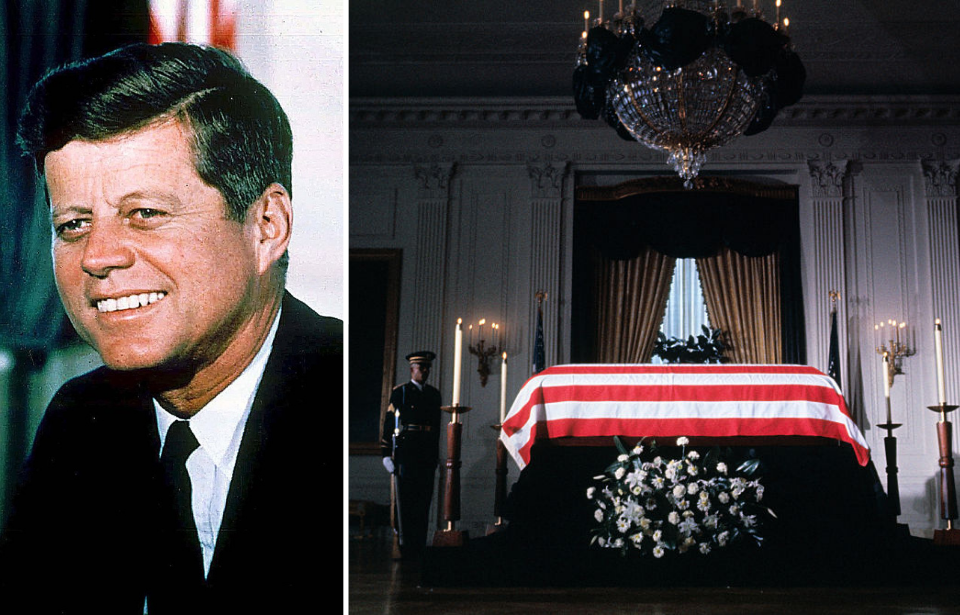John F. Kennedy’s assassination
On November 22, 1963, John F. Kennedy, accompanied by Texas Governor John Connally and their spouses, was traveling in a motorcade through downtown Dallas. At 12:30PM, gunfire erupted from the Texas School Book Depository, targeting the procession. The assailant responsible for the shooting was identified as US Marine Corps veteran Lee Harvey Oswald, who’d recently gotten a job at the book depository.
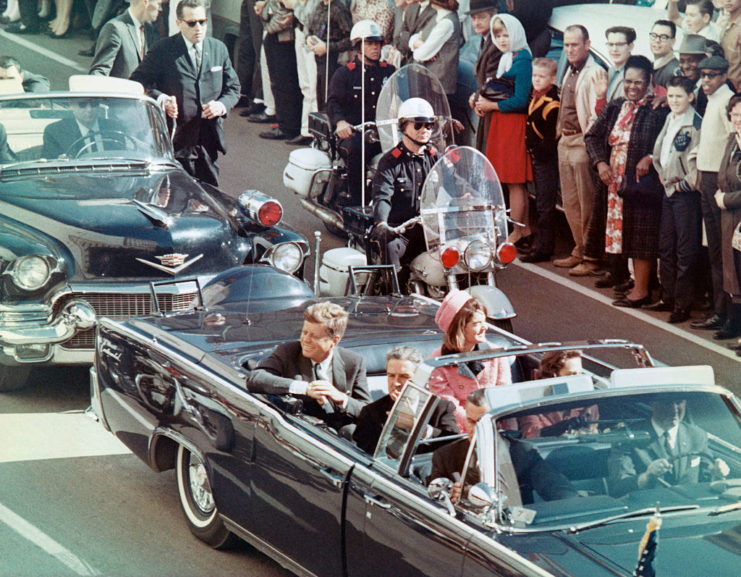
Kennedy sustained injuries to his head and neck, and Connally was struck in the back. Kennedy was promptly taken to Parkland Memorial Hospital, where he was declared deceased at 1:00 PM. Despite sustaining serious wounds, Connally eventually recuperated from his injuries.
Shortly before 2:40 PM, Vice President Lyndon B. Johnson, who had been traveling with the Kennedys in the motorcade and was positioned two cars behind during the incident, was inaugurated as the 36th president of the United States aboard Air Force One.
The need for two coffins
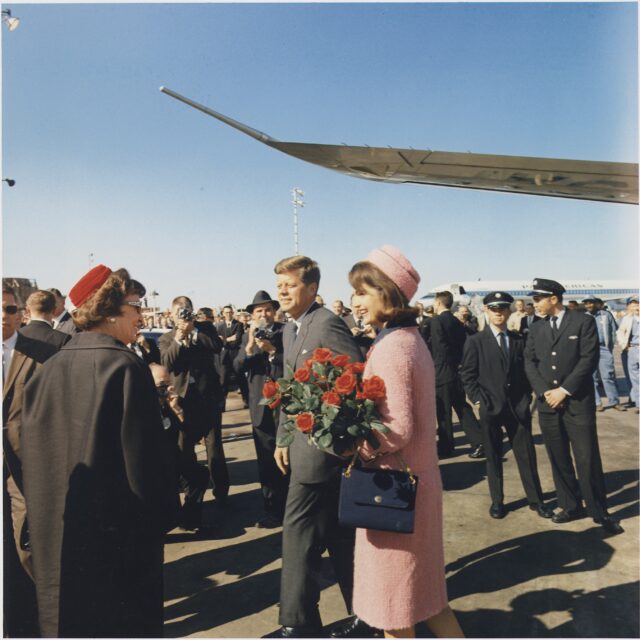
Immediately following President Kennedy’s assassination, a member of his team contacted O’Neal’s Funeral Home in Dallas with an urgent request: they needed the finest casket available to transport him to the hospital. Vernon O’Neal, the funeral home’s owner, chose a high-end bronze casket with a white satin interior, manufactured by the Elgin Casket Company. At the time, it cost $3,995—equivalent to over $36,000 today.
After placing the casket in a hearse, O’Neal personally drove it to the hospital. Upon arrival, he was shocked by the state of Kennedy’s body. Blood was still pouring from the wounds, prompting O’Neal and a few nurses to quickly wrap the president in linen sheets and line the casket with plastic to contain the bleeding and prevent damage.
The casket was not useable for the viewing
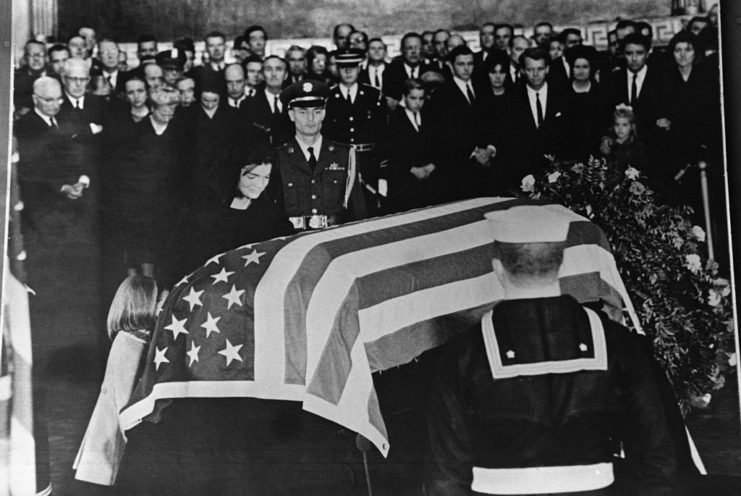
At Jacqueline Kennedy’s request, the autopsy was done at Bethesda Naval Hospital, just outside Washington, D.C. Her husband’s body was placed in the passenger area of Air Force One and flown back to the capital. When doctors opened the casket at the hospital, they discovered that the preservation efforts by O’Neal had not been very effective.
After the embalming process, the original casket was no longer suitable for Kennedy’s public viewing at the Capitol and had to be replaced. Unsure of what to do with the first casket, the funeral home that handled the embalming ended up keeping it for over a year.
Preventing it from falling into the hands of the “morbidly curious”
After Kennedy was buried, a dispute arose between the US government and Vernon O’Neal regarding the cost of the original coffin. The government considered the price to be exorbitant, while O’Neal sought its return to Dallas, having received offers of $100,000—almost $1 million in today’s money—from interested buyers.
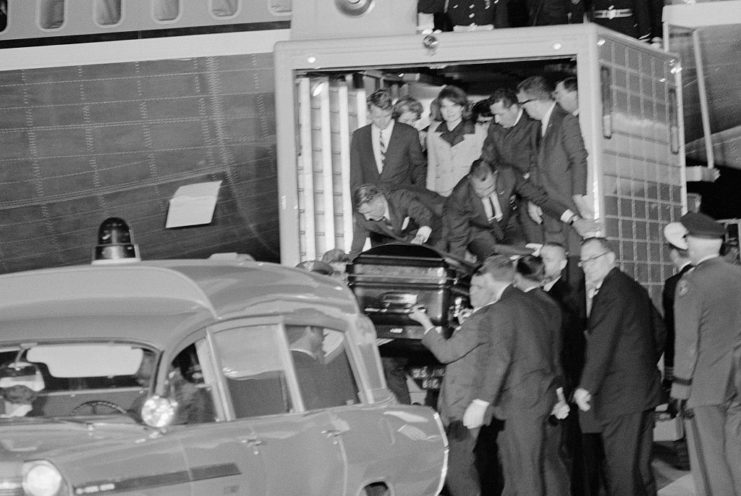
Not wanting the casket to fall into the possession of the “morbidly curious,” the government settled its debt with O’Neal and stored it in the National Archives, where it stayed for two years.
Burying the casket at sea
In 1999, records were released concerning the final fate of the casket after its time in the National Archives. Robert Kennedy, who served as the United States Attorney General at that time, had petitioned the government to ensure it was buried at sea, preventing it from falling into the wrong hands of people seeking to exploit his brother’s death. After receiving approval, the responsibility for its disposal was entrusted to the US military.
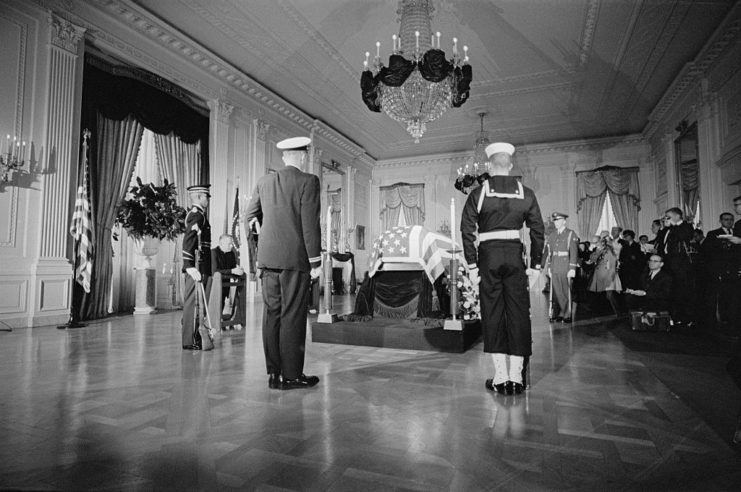
A submarine commander was assigned the task of coming up with a secure method to drop and sink the casket. It was then handed over to the US Air Force, where it underwent the process of having 42 holes drilled into it and being loaded with three 80-pound sandbags. Additionally, two parachutes were installed to prevent it from breaking apart upon impact with the water.
A transport plane took it out to the Atlantic Ocean
On a cold February morning in 1966, a C-130 Hercules transport plane took off from its base and headed out over the Atlantic Ocean, about 100 miles east of Washington, D.C. This area, designated as the military’s disposal site for outdated ammunition and weapons, was chosen because it was remote and free from regular shipping lanes and air traffic, ensuring it would “not be disturbed by trawling and other sea-bottom activities.”
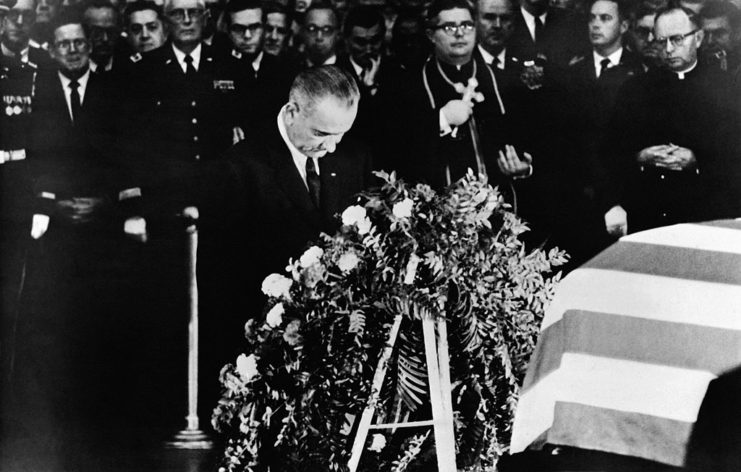
The plane descended to 500 feet, and with the tail hatch opened, the casket was released into the water. A memo from the special assistant to the defense secretary, dated February 25, 1966, described the event: “The parachutes opened shortly before impact, and the entire rigged load remained intact, sinking swiftly and clearly after a soft impact.” After circling the area for 10 minutes to observe, the C-130 returned to the mainland.
The casket’s final resting place was poignantly fitting, as Kennedy—a Navy veteran—had once considered the idea of a burial at sea.
